Why do Vietnamese people make hazardous journeys to the UK?
- Published
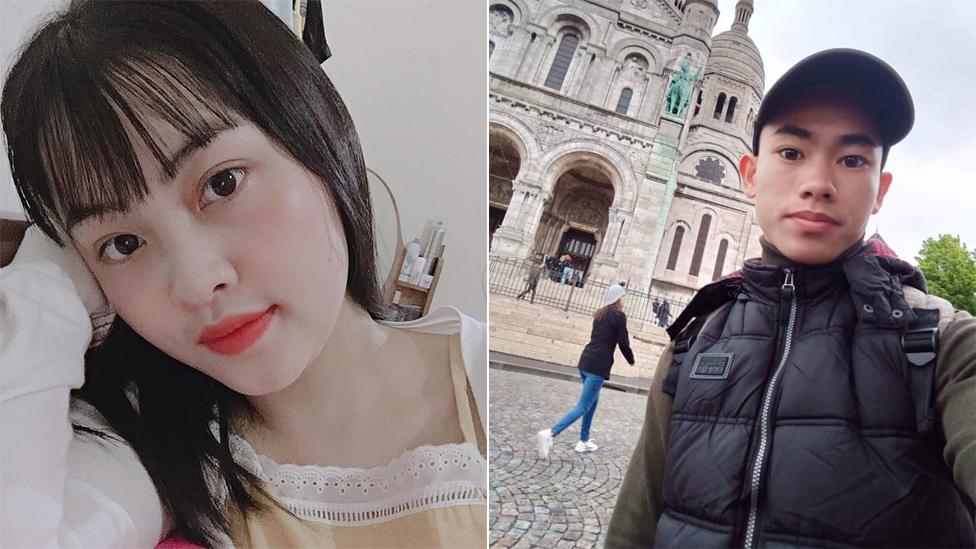
Pham Thi Tra My and Nguyen Dinh Luon are feared to be among the lorry death victims
There are fears that at least some of the victims found dead inside a refrigerated lorry in Essex on Wednesday came from Vietnam.
Anti-trafficking charities say that many people who travel illegally from Vietnam to the UK are seeking to make money to send back to their families.
But why and how do Vietnamese people make such hazardous and potentially life-threatening journeys across the world?
Why are they leaving Vietnam?
"Vietnam is a booming economy but not everyone is benefitting enormously from that," says Giang Nguyen, head of the BBC's Vietnamese Service.
"Vietnam has a huge surplus of labour."
According to the UN, external, while the country has enjoyed significant reductions in poverty at a national level, it is unequal across population groups and regions.
"Most of the migrants who go to Europe and the UK from Vietnam actually only come from a handful of provinces in Vietnam," says Mimi Vu, an expert on anti-trafficking in Vietnam from Ho Chi Minh City.
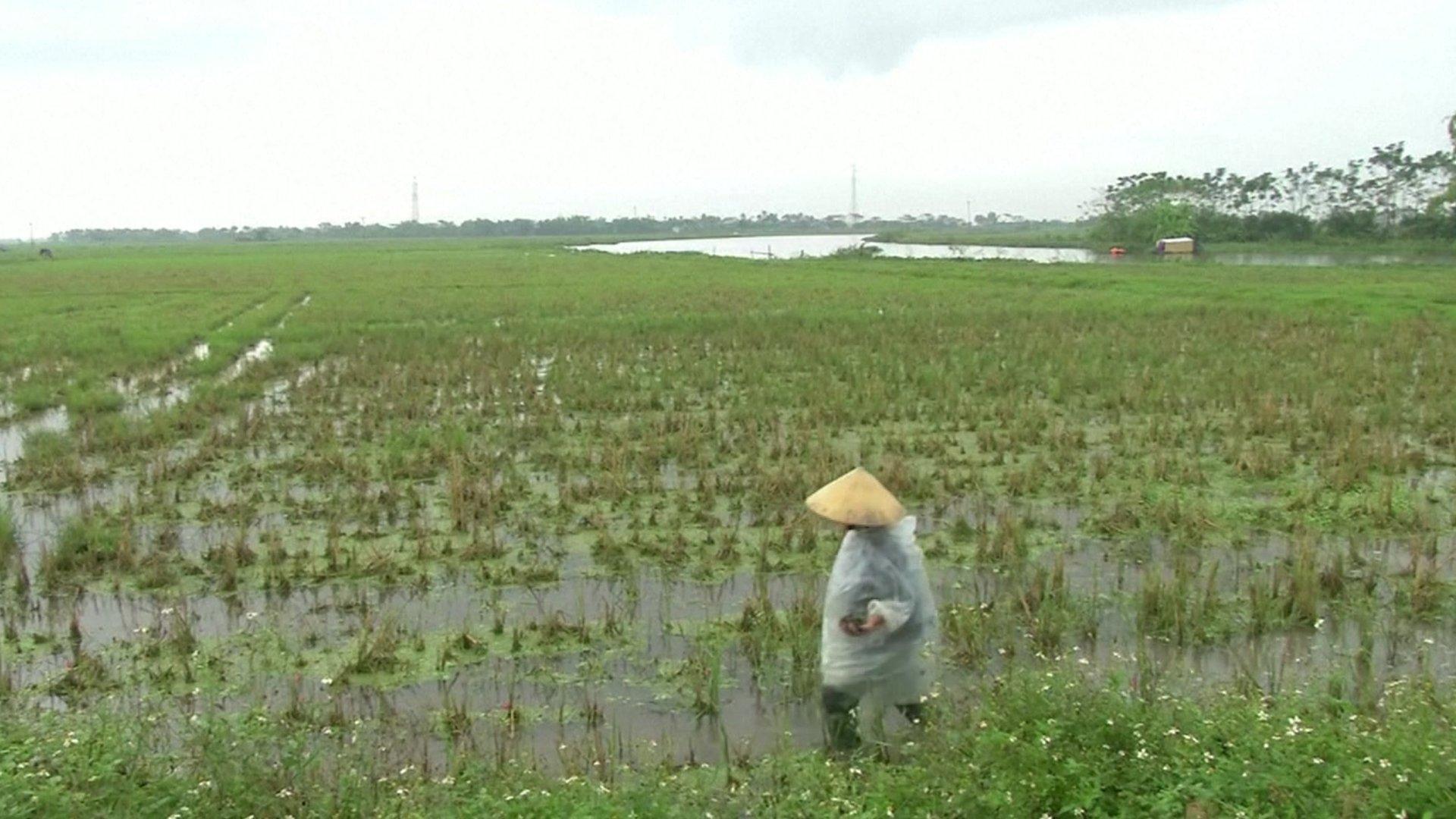
The poorer Nghe An province has seen more emigration in recent years
"In these areas there's been a tradition in the past couple of decades of migration overseas, legal or irregular, in order to find work and then sending money home."
During the last decade, migration from Vietnam to the UK originated from the northern city Hai Phong and Quang Ninh province, but more recently there has been the growth of irregular migration from three central provinces, Nghe An, Quang Binh and Ha Tinh, which are comparatively poorer.
It has been estimated that networks from Vietnam are smuggling around 18,000 people a year to Europe, but fewer than 1,000 a year to the United States.
Why do they want to come to the UK?
For Vietnamese migrants, the UK is probably the most popular destination in Europe, says Dr Tamsin Barber, a lecturer in political sociology at Oxford-Brookes University, who specialises in migration and the British-Vietnamese population.
They know if they come to the UK they're likely to be able to secure work and possibly quite a lot of money to send back to their families in Vietnam, she says.
There's also a wide network of Vietnamese people who are already in the UK who can help newcomers with accommodation and employment.
Once they're in the UK, there is high demand for low-skilled labour in Vietnamese restaurants, nail salons and the illicit cannabis industry.

Many of those who travel from Vietnam to the UK work in nail bars
Interviews with Vietnamese returnees from the UK suggest the majority worked in manual occupations such as agriculture and fishing, but also in seasonal or casual work or running small businesses. Some were unemployed.
But, Dr Barber adds, "there is - at the moment - no legal route in for low-skilled Vietnamese migrants working in the UK, so this is obviously having to be done through very circuitous and precarious journeys".
How much does the trip cost?
Ms Vu says prospective migrants can pay a range of prices. For those with less money - $10,000 to $15,000 (£7,800 to £11,600) - the journey is "more arduous" and could, for example, include stints of walking across forests at night.
But those who can afford to pay more - $40,000 to $50,000 (£31,000 to £39,000) - would travel mostly by plane.
A sum of £30,000 is the equivalent of 30 years' salary for someone living in a rural area in Vietnam, Ms Vu says.
It's "an astronomical sum", she adds, but some families believe it is worth it "because they believe this is the best way for them or their child to have a better future".
"Vietnam is a very family-centric culture and everything is done for the family."
According to the UN, Vietnamese migrants may have generated $300m (£234m) a year for smugglers to take them to Europe.
To finance the trip, many borrow from family and acquaintances.
Some are forced to use the informal credit market, with interest on the loan fluctuating at the whim of the lender.
Unsurprisingly, if the journey fails, they would have attempted it again as it's the only way for them to recoup the money.
Dr Barber says others may raise the money through selling land or property.
Vietnamese families are taking these "huge risks" because they "really view this as their one opportunity to send a family member abroad to earn money," she says.
How do they get to the UK?
Smuggling agents market two type of services to transport migrants to the UK - "premium" or "economy" - according to research by the Independent Anti-slavery Commissioner, external.
A premium service is advertised as taking as direct a route as possible with minimal risk. In one case, would-be migrants were given Schengen business visa application papers and a direct flight to Paris, where they were kept in safe houses before travelling to the UK.
The cheaper economy option would have taken them several months.
"But no matter what kind of 'class' of travel you choose, you are still going to end up at a border and still going to be snuck in in the back of a lorry or on a ferry," Ms Vu says.
Most Vietnamese nationals arriving in Europe travel to Russia first before going overland through Eastern Europe.
In the past, many victims told the police that they had passed through China en route to the UK.
In fact, China, together with France, Russia, Germany and Poland, are among the common transit countries for Vietnamese migrants who attempt to travel to the UK.
Many may stop in these transit countries, such as Ukraine or Poland, where they are asked to work in exploitative conditions to either finance the next leg of their journey or make money for their traffickers.
The last leg of the journey is likely from France. Here, people could pay a smuggler to be hidden in a secret compartment of a truck, or hide themselves in a truck close to the harbour without the driver noticing.
A recent report funded by the Home Office noted Vietnamese who are trafficked for forced labour or sexual exploitation, or willingly smuggled to Europe, are vulnerable to exploitation during their journeys.
Girls are particularly susceptible to sexual exploitation at the hands of traffickers, it said.
- Published26 October 2019

- Published23 October 2024
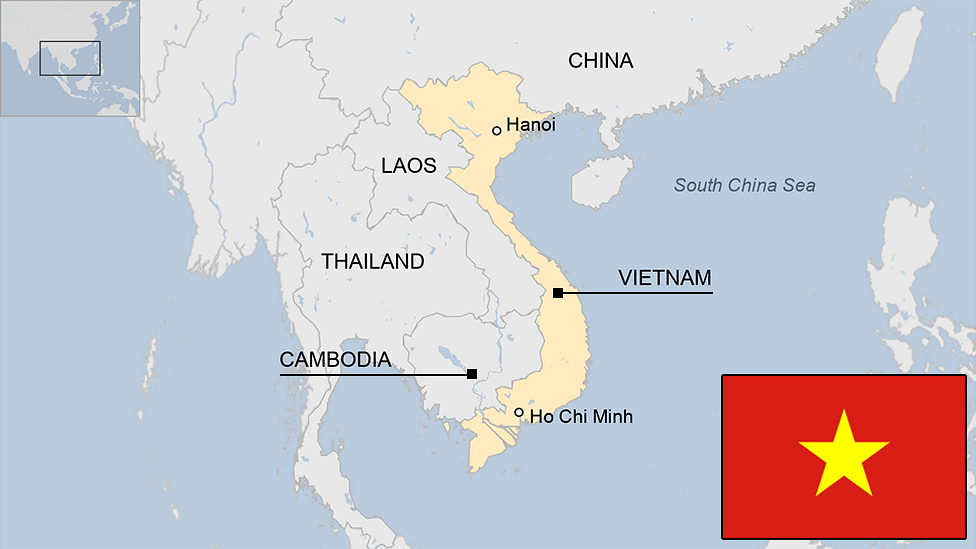
- Published24 October 2019

- Published24 October 2019
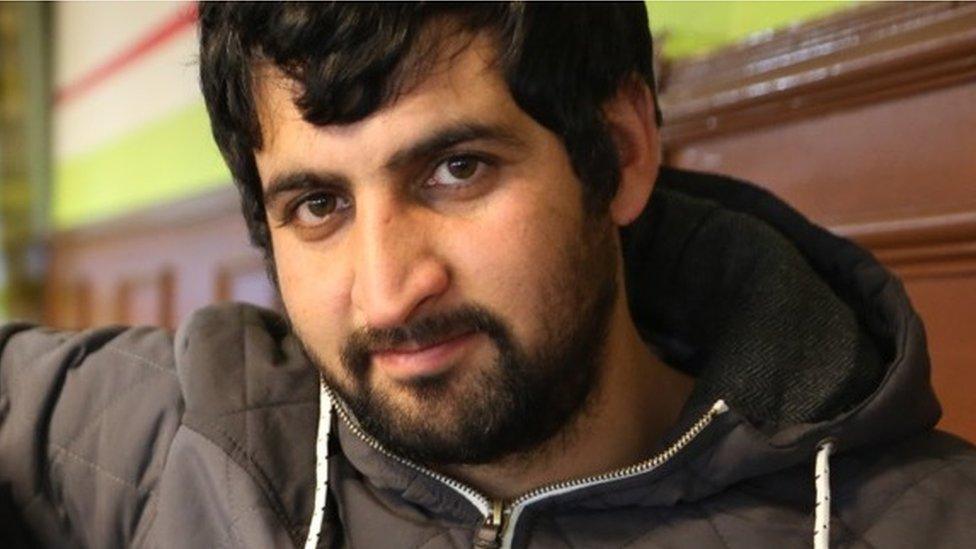
- Published4 November 2019
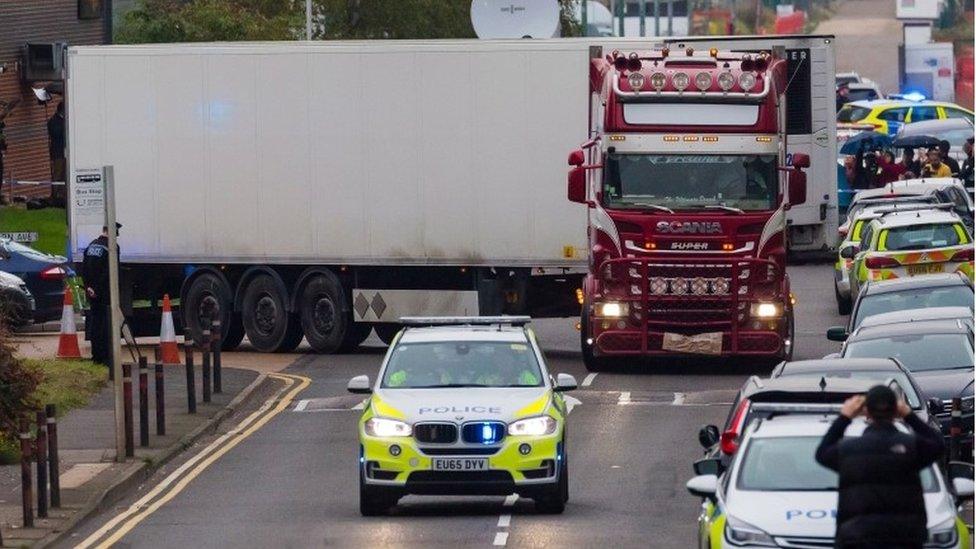
- Published26 October 2019
